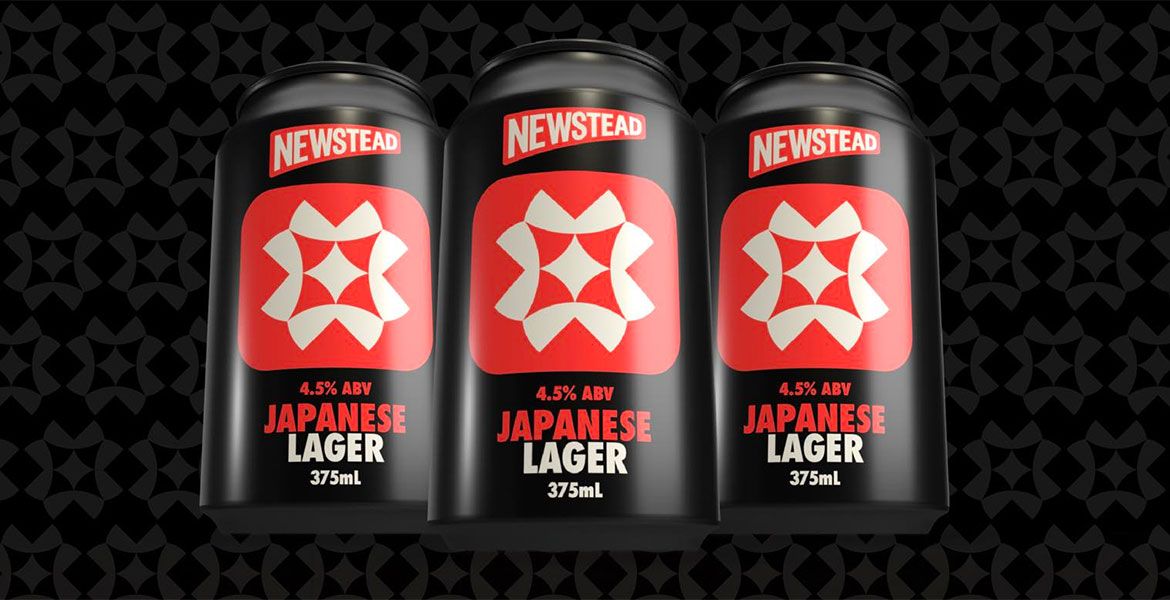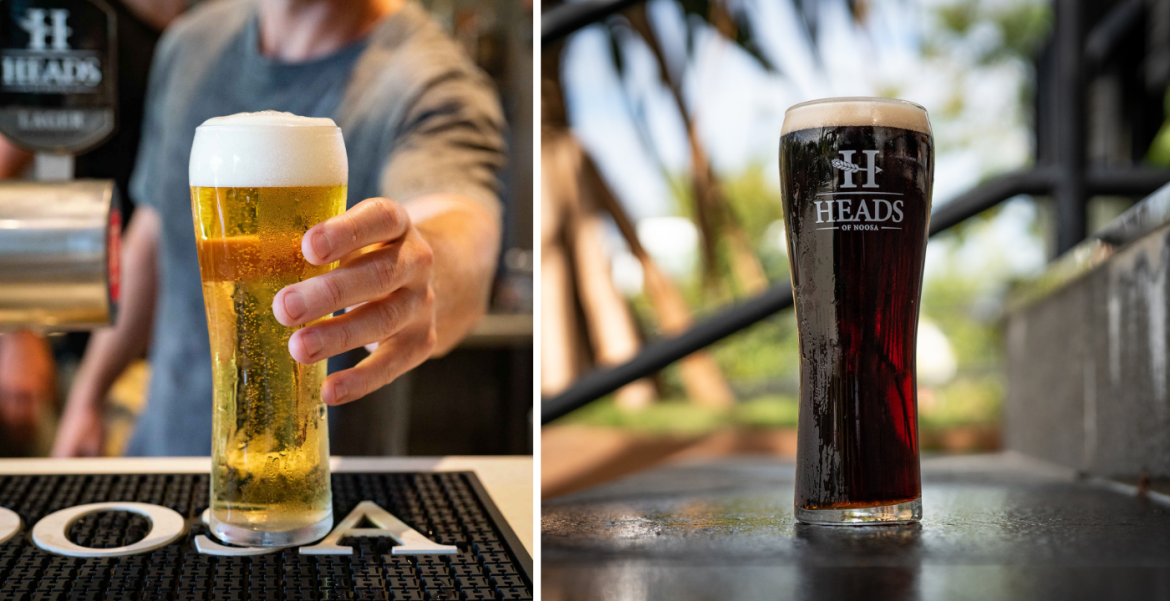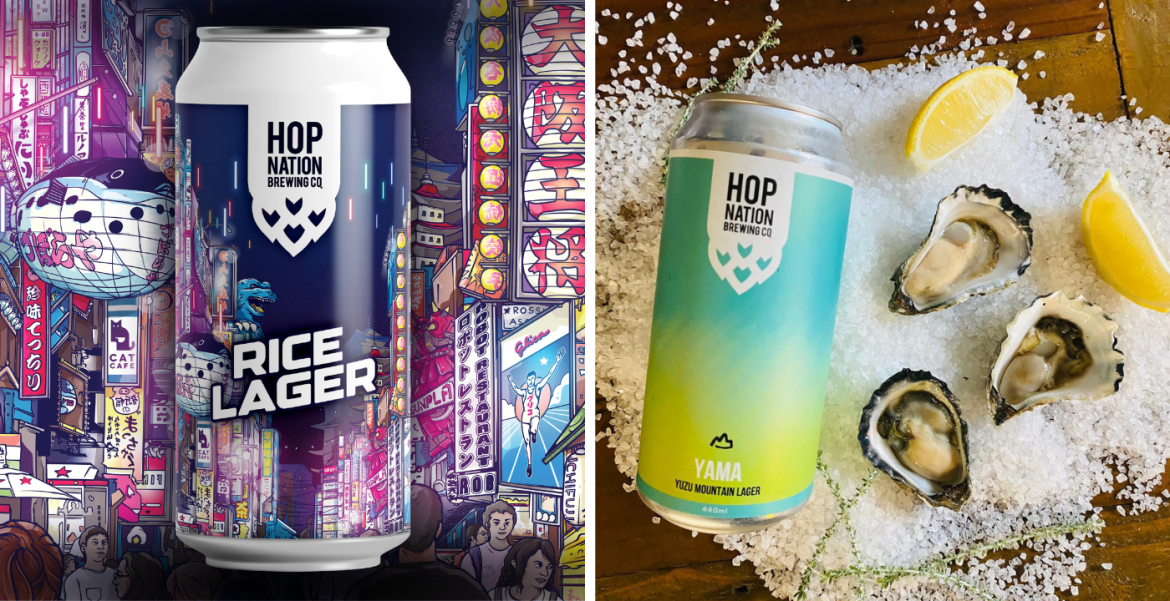If you've been into any crafty pub, beer bar or bottleshop over the past year, there's a good chance you'll have spotted some form of Japanese rice lager staring back at you from a tap decal or fridge.
While they've not arrived with the sort of fanfare accorded to cervezas / Mexican lagers, they are becoming increasingly prevalent and being consumed widely too.
In part one of his exploration of the style, Mick Wüst focused on their history, makeup, production and recent popularity in Australia. Here, he chats to some of the brewers playing around with the style and considers just where they sit within the contemporary Australian beer landscape.
Playing Around With Rice Lagers

"Clean" and "crisp" are the most common descriptors you see with Japanese rice lagers. For some people, that’s exactly where they want to leave this kind of beer.
But some also see rice lager as the perfect base from which to begin playing around.
Craft beer industry veteran Charlie Hodgson never pictured himself making a rice lager. But when he made the move to Woolgoolga Brewing Co on New South Wales’ Central Coast, he inherited a Japanese rice lager in the brewery’s core range. Mr Miyagi is the brewery’s biggest seller, so he didn’t want to mess with it too much.
That said, he did tinker with the recipe, adding a 2g/L dry hop addition of Sorachi Ace, which is a hop variety developed by Sapporo. It brings an intense herbal lemon taste when used heavily, but subtle use in a rice lager can capture something almost indefinable about Sapporo without shouting it from the rooftops.
“When I looked around at the [rice lager] style, I don’t think I saw a lot mentioning Sorachi,” Charlie says. “Particularly dry-hopping. Thought I’d make it a bit of a subtle feature, nice little talking point.
“[Mr Miyagi] was a fantastic beer to start with. I just thought we could do a little bit more with it… Put in some complexity. Not dry-hopping to dry-hop per se, but adding another layer of nose and mouthfeel and palate as well… building it into the complexity addition, folding it in and not making a defining feature.”
It was a move that led to a desire to experiment further with rice lager.
“When I did that collab with Tim from BrewDog, I said: ‘I’ve got a perverse idea of making a six or seven percent rice lager, but in IPA format. Lifting bitterness a little bit – keeping it in check, obviously – and dry-hopping it quite firm.’”
It wasn’t until they had the conversation that Charlie realised he’d basically just described a cold IPA, which is how Woolgoolga and BrewDog marketed the resulting beer, one loaded with Mosaic, Simcoe and Amarillo hops called Okaeri Friend Cold IPA.
Then, a couple of months later, Charlie brewed a version of Mr Miyagi featuring New Zealand’s Eclipse hops as part of his Altered State series, in which he experiments with small batch variations of Woolgoolga’s core range.
“On the bigger end of town, it was something to form on a really nice clean base: let the hops do their thing," he explains.
“Same grist, same ferment temps. Everything that Miyagi OG gets, apart from the Eclipse addition.”
The brewery took it to GABS 2023, and the punters loved it. And that positive response has only whetted Charlie’s appetite for using the rice lager base as a platform from which to keep experimenting; he’s got the seed of an idea for a rice lager/XPA hybrid.

When Brisbane-based Newstead Brewing released their take on the style in 2023, it rapidly became a best-seller for the brewery. Originally conceived first and foremost as a beer for the thousands that flock to the brewery on game days across the road at Suncorp Stadium, it turned out to have legs elsewhere, with the cans proving popular with drinkers frequenting indie bottleshops.
Landing upon the final recipe took time – and required the development of new processes at their Milton brewery in order to work with rice. Newstead's then head brewer Marcus Cox and his team also experimented with a number of varieties of rice.
"We carried out bench trials with Australian rice, fresh Jasmine rice from Thailand, and two types of sushi rice," he says, "and the Jasmine was the standout, with the aroma coming through in the finished product.
"There are no aroma hops to speak of, yet there's a very specific floral aroma there that's most likely coming from the rice."
Hitachino Nest's Red Rice Lager, using an ancient type of rice known as Asa-murasaki is a great example of a brewer using the ingredient to create a unique character in the finished beer. In the case of Hop Nation, whose presence in this space we explored in part one, they used hops to take rice lager into new places. What's more, their Yama Citra & Yuzu Rice Lager actually predates their more traditional version by two years.
“The yuzu one was a real craft beer take on the rice lager,” co-owner Dunc Gibson says. “Obviously, you wouldn’t usually see yuzu in a rice lager, then seeing bold Citra hop in it. It’s not true to style.
“But [the point] was to have something crisp and delicious, but with essential Japanese flavour.”
The team was conscious that, while rice lager does offer a blank canvas, it was important to ensure they kept the base beer to the highest quality in order to let the other flavours shine. The better the canvas, the better the artwork painted over top.
“With something that’s so crisp and fine, it does show faults and imperfections, so that was in the forefront of our mind: a nice clean beer, then put the fruit over the top, and the Citra. So they showed themselves off cleanly, not in a dirty way.
“And trying to get balance! Because you’ve got a really dry beer, hop character can stand out over the top of it.”
At Heads of Noosa, where the focus is on more traditional lager styles, co-founder and head brewer Lance Masterson explores the versatility of rice lager in different ways. Rather than turning to new world hops, he looks at ways they can change the grain bill to create a new beer.
At the end of 2022, they released an imperial version of their Japanese lager as a bit of a novelty; in 2023, they brought out their Japanese Black Lager.
“That’s bloody hit the ground running,” Lance says . “The key there is trying to keep that beer drinkable and sessionable while still getting those dark malt flavours and character. Almost contradictory in a way! But you can still drink it in summer.”
The Japanese Black Lager was originally just a keg-only release for early winter, but high demand saw it move to a wider bottle release, and the brewery has just brought it into their core range.
“That balance when you come to that beer; can’t have too much of it.”
Where Do They Belong?

As the style grows in ubiquity, the manner in which it's presented is evolving. Some brands will still push the "Japanese" side of it a little: you can enjoy the Tokyo-inspired illustrations on Hop Nation’s rice lager, and Woolgoolga’s best-selling Mr Miyagi has a couple of references to Japan on the back of the can, although the front of the label simply refers to the style as "lager.
But others step further back and focus on the liquid more than the location of origin in their marketing.
Newstead label theirs a "Japanese Lager", but make no further references to Japan. And while Heads of Noosa’s flagship began its life as "Japanese Lager", it’s now simply called "Lager" in a large font, with "Japanese style" relegated to smaller letters underneath.
“Everyone still calls it the Japanese Lager around here,” Lance says. “We never wanted to get away from that. Just wanted to emphasise ‘lager’.”
This kind of naming isn’t anything new: all through the craft world, there are breweries releasing pilsners, helles, and even kolsch simply labelled lager so the labels are as approachable as the liquids.
“I think a lot of people look at [the Japanese lager style] from one of two schools of thought,” Charlie says. “Some of the newer crowd might think it’s craft, and quite a new and innovative craft style. Or the other crowd that’s quite mainstream may not understand a lot of beers, but it’s got ‘lager’ attached to it, so it’s safe for them. Something that’s not going to blow their head off.”

In part, the rise of rice lagers is driven by how these beers hit the centre of a three-way Venn diagram: many brewers enjoy the challenge of making them; many crafty drinkers appreciate their nuances; many mainstream drinkers enjoy their drinkability.
“It’s a beer that has to be crafted to perfection, and shows faults so easily,” Dunc says.
“It’s a hot day beer – the same space indie lagers go into. You want something that’s thirst-quenching and nice on a good day.
“Its place in the market is not just for Asian food.”
Which brings us back to my preconception: that when I go to a Japanese restaurant, I drink a Japanese beer – usually a rice lager – and then, when I leave the restaurant, I don’t think about rice lagers again until next time I’m at an Asian restaurant.
Perhaps another argument for simply labelling these beers as "lagers" or "rice lagers" is to move people away from the impression that this style is only good for having with Japanese food.
This is a beer that goes well with most cuisines: it cuts through pizza grease; it balances out a heavy burger; it cuts through sauces. Heads of Noosa see it as a no-brainer to pair with seafood, since it doesn’t overpower and allows the finer, delicate flavours of fresh seafood to be the hero.
But still, at the end of all this… now I just feel like rice lager and dumplings.
You can read about other beer styles in The Crafty Pint's Beer Knowledge section here.




















